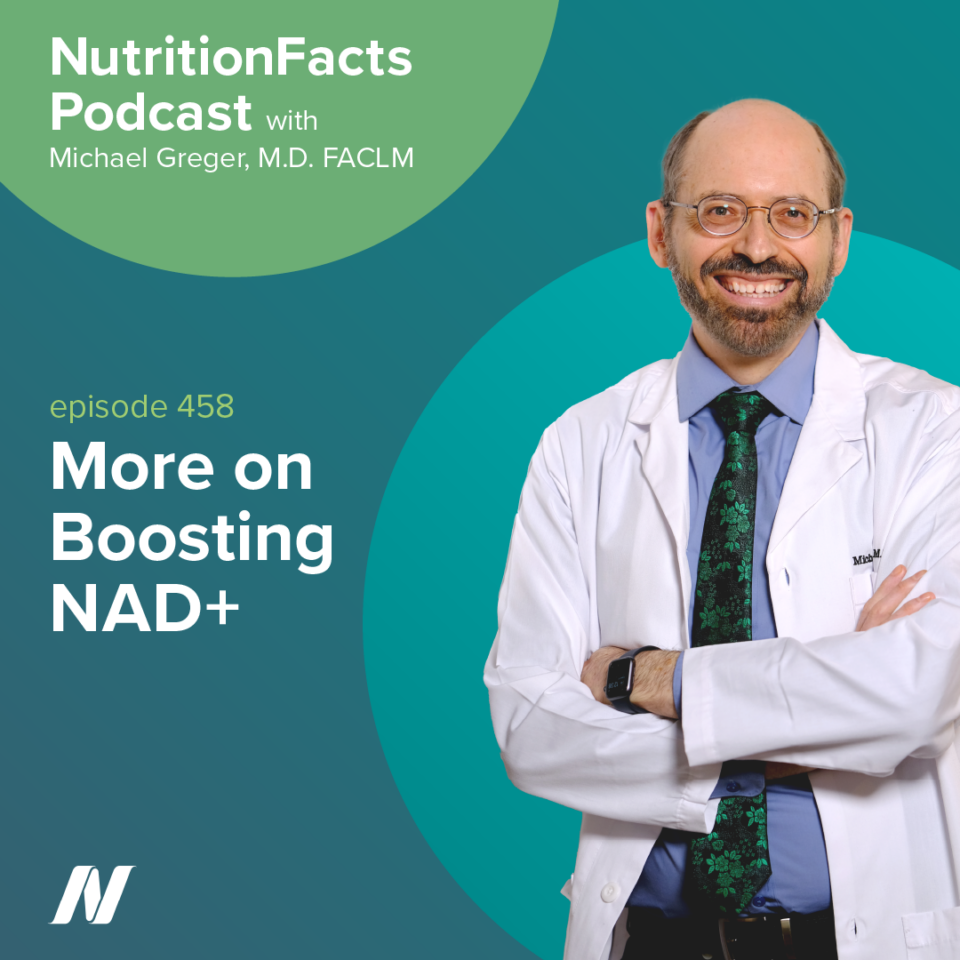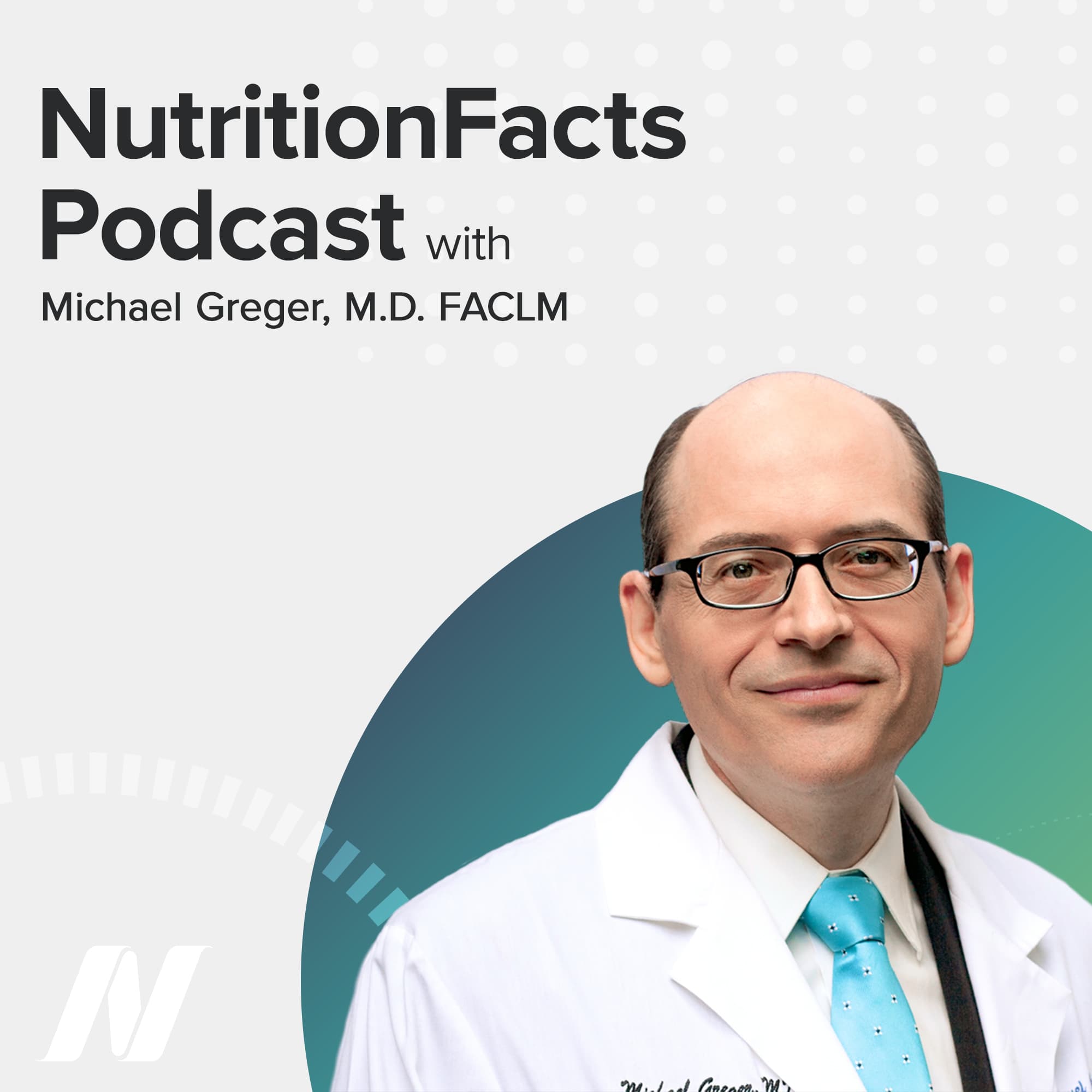Today, we continue our series on ways to boost the production of the important metabolic enzyme NAD+ by reviewing a supplement call NMN.
Both NR and NMN have been shown to have beneficial effects in rodents, though they haven’t been tested side by side. Both precursors raise blood levels of NAD+ in people, but similarly haven’t been pitted head to head against one another. One potential advantage of NMN over NR is that it may be more stable in the bloodstream. In mouse blood at least, within an hour most NR is converted into NAM, whereas NMN levels remain steady. You could also argue that NMN is better because it’s a direct precursor of NAD+, whereas NR first has to be converted to NMN. So, we might as well just take NMN in the first place. Ironically, the exact opposite argument can also be made, based on the inability of NMN to pass through cell membranes.
Structurally, NMN is just NR with a phosphate group attached to it. The phosphate charge prevents NMN from passing in and out of cells. So, to get inside a cell, NMN first has to be converted into NR. Then, once inside, the NR can turn back into NMN and make NAD+.
So, if NMN first has to be converted into NR for cell entry, the argument goes, maybe you might as well just take NR to begin with, because there’s no NMN transporter. Or is there? An NMN transporter was recently described (at least in mouse intestine). So, maybe NMN is able to skip the NR step, and pass directly into cells to make NAD+ after all. However, the evidence that such a NMN transporter exists remains controversial.
NMN boasts a long list of rodent healthspan benefits, but, unlike NR, has yet to demonstrate an extension of mammalian lifespan. What about in people? There have just been a few human NMN studies published to date. One small study of healthy middle-aged men found that various single doses had no apparent effect on any of the measured variables, including retinal eye function, sleep quality, heart rate, blood pressure, oxygenation, or body temperature. A 12-week study of daily NMN supplementation in middle-aged men and women similarly found no significant effects on any outcome, including lean mass, muscle mass, body fat, blood sugars, cholesterol, or insulin sensitivity. NMN did boost blood NAD+ levels, though they peaked after the first month, and then trended down for months two and three. So, there may have been an adaptive drop in NAD+ synthesis, as was suspected with NR. Like NR, NMN also fails to raise NAD+ in muscle tissue.
One study, evocatively entitled “Nicotinamide Mononucleotide Supplementation Enhances Aerobic Capacity in Amateur Runners,” tested three different doses of NMN versus placebo for six weeks among young and middle-aged recreational runners. Aerobic capacity was increased at one ventilatory threshold, but not the other. No overall benefit for aerobic capacity or peak power, or any of another ten measures of cardiopulmonary function was found. If you measure enough things, statistical outliers, both positive and negative ones, can just pop up as flukes. For example, the researchers noted significant improvement in the single-leg stance test, but the NMN had no significant effect on any of the other physical function tests. And upon closer inspection, the apparent single-leg balance benefit was only found in the middle-dose group compared to the high-dose group, because the high-dose group ended up doing slightly worse compared to baseline. No significant effects were found for any of the doses compared to placebo.
A similar issue can be found in a 12-week study of NMN supplementation in older adults. The NMN company-funded authors concluded that NMN “improved lower limb function and reduced drowsiness in older adults.” But it failed to significantly affect 16 additional measures, including other tests of lower limb function and fatigue. There are so few NMN studies that this kind of shotgun approach is understandable, casting the widest possible net for effects to be further tested, but on their own cannot be presented as convincing proof of efficacy.
All of the above NMN studies were on healthy individuals. What about testing NMN on those who are already metabolically compromised? Overweight or obese postmenopausal women with prediabetes were randomized to NMN or placebo for 10 weeks. NMN didn’t seem to affect body weight or composition, liver fat, blood pressure, or a dozen other metabolic variables. But it did improve muscle insulin sensitivity, though not enough to affect insulin levels or short- or long-term blood sugar control. This may be because insulin sensitivity in the liver and body fat remained unchanged. NMN also appeared to have no effect on mitochondrial function or muscle strength, fatigability, or recovery.
In terms of safety, NMN shills speak of it as being naturally found in fruits and vegetables. But even the most concentrated sources (edamame, avocado, and broccoli) have over a hundred times less per serving than the typical NMN supplement dose. The same could be said for NR in milk (human or otherwise).
There are safety evaluations for NMN on rats and dogs, but unlike NR, supplemental doses of NMN have yet to be shown as safe for human consumption. There are rodent studies showing that NMN may have negative metabolic consequences compared to placebo, but the most serious concern is nerve degeneration. The accumulation of NMN in nerve cells is toxic. Since NR is converted into NMN, this is a major concern for NR supplementation as well. The type of nerve damage, axon degeneration, is a major contributor to a variety of neurodegenerative disorders. Blocking an NMN-synthesizing enzyme appeared to help damaged neurons in vitro, protection that’s abolished by adding NMN back, and adding an enzyme that chews up NMN was also found to be protective, further supporting a theory of degenerative effects of accumulating NMN. However, clinical effects remain theoretical, as these adverse effects have only been demonstrated in fish, mice, and petri dishes.
Of course, NMN supplements may not even have NMN in the first place. ChromaDex, which sells the rival supplement Tru Niagen (a form of NR), claims to have tested the 22 NMN brands with the highest market share on Amazon and found that most had virtually no NMN at all. Ironically, many of the apparently fake NMN products displayed “certificates of analysis,” and carried hundreds or thousands of positive reviews. Evidently, only three out of 22 were found to contain as much NMN as advertised on their label. Of course, ChromaDex isn’t above being shady itself; it’s been accused of making hyped false claims for Tru Niagen by both the FDA and the Better Business Bureau.
In short, NR has been demonstrated to be relatively safe but not effective, and neither safety nor efficacy has been established for NMN.
What about all the other NAD boosting supplements? Let’s find out.
Taking niacin, also called nicotinic acid, would be about 50 times more efficient than taking the amino acid tryptophan to boost NAD+, because only about 2 percent of tryptophan is converted into niacin. Also, tryptophan didn’t work to improve mitochondrial or muscle function in physically compromised older adults, even when combined with niacin or nicotinamide. And, side effects of taking tryptophan include belching and gas, blurred vision, diarrhea, dizziness, drowsiness, dry mouth, headache, heartburn, and potentially a life-threatening condition known as eosinophilia-myalgia syndrome, or EMS.
There was an epidemic of EMS tied to tryptophan supplements from a single supplier back in 1989 that led to their removal from the market for about 15 years. Some sort of contaminant was suspected, but the cause remains a mystery. To this day, tryptophan supplements continue to be tainted with impurities, with at least one case of EMS reported decades after the initial epidemic. A case of EMS tied to a bizarre weight-loss diet involving hundreds of cups (~50 L) of cashews, a rich source of tryptophan, suggests the syndrome can be caused by excess tryptophan directly.
If anything, tryptophan restriction may be beneficial. Nearly 50 years ago, it was demonstrated that restricting dietary tryptophan reduced cancer rates and increased the lifespans of rats and, subsequently, mice. Vegetarians and vegans both appear to have significantly lower intakes of tryptophan. But only in vegans does this translate to lower tryptophan blood levels, though presumably not if they were to take tryptophan supplements.
What about taking NAD+ directly? This isn’t practical because of instability and poor bioavailability. NAD+ is vulnerable to heat, pH, light, and oxygen, requiring dark desiccant storage at ideally 20 degrees (-29°C) below freezing. NAD+ can be given intravenously, a practice started in the 1950s as an “underground” treatment for alcoholism. But when taken orally, NAD may be broken down in the alkaline environment of the small intestine, and NADH, the so-called “reduced” form of NAD+, is broken down in the acidic conditions of the stomach. In organic chemistry, the gain of a hydrogen atom is said to “reduce” the molecule; so, NADH is the reduced form of NAD+.
Enteric forms of NAD+ could potentially survive the digestive tract, but with the exception of neurons, NAD can’t cross into mammalian cells. This is why NAD+ precursor supplements, like NMN and NR, were developed. Also, there is evidently (unpublished) data showing that straight NAD+ can cause serious hyperglycemia in mice. Has it been tested in people?
NAD+ boosting supplements have been found to improve the learning and memory of rodent models of Alzheimer’s disease in the lab. In 1995, case reports of apparent benefit of NADH for Alzheimer’s disease were published. By the next year, an open-label pilot study was published, suggesting it had a protective effect. But without a placebo control group, the only conclusion that could be drawn was to study it further, especially since a similar study with the same dose over approximately the same period found no evidence of any cognitive effects.
There have been two randomized, double-blind, placebo-controlled trials of NAD precursors for Alzheimer’s. One found no benefit for memory, attention, or clinician ratings of dementia severity, but did maybe find less of a drop in one dementia rating scale after six months of 10 mg a day of NADH. The other, a six-month study of nicotinamide, failed to find any clinical effects.
What about trying NMNH and NRH, the reduced forms of NMN and NR? They both appear to boost NAD+ higher than their non-reduced counterparts. In vitro, NMNH can raise NAD+ levels up to 10 times higher than NMN, and NRH (also known as dihydronicotinamide riboside) is up to about 50 times more potent than NR.
There are concerns about stability of NRH outside the body, since it’s sensitive to oxygen and moisture. But within the body, NRH may be more stable, not rapidly devolving into nicotinamide, like NR does (at least in mouse blood). However, unlike NR, NRH does not appear to be able to significantly increase levels in mouse muscles.
NRH is said to have a “spectacular potency” for increasing NAD+ levels, perhaps the most potent precursor discovered to date. This may not necessarily be a good thing. The extreme boost afforded by NRH had detrimental consequences in human liver cells in vitro, resulting from an excessive accumulation of free radicals. In addition to oxidation, NRH was also found to promote inflammation. Pro-inflammatory effects were noted for NRH on human immune cells in vitro (but not for NMN, NAM, or NR). Because it appears that NMNH is converted to NRH to enter cells, these potentially deleterious effects may be shared by NMNH as well (though this has yet to be tested).

 Previous Podcast
Previous Podcast Next Podcast
Next Podcast